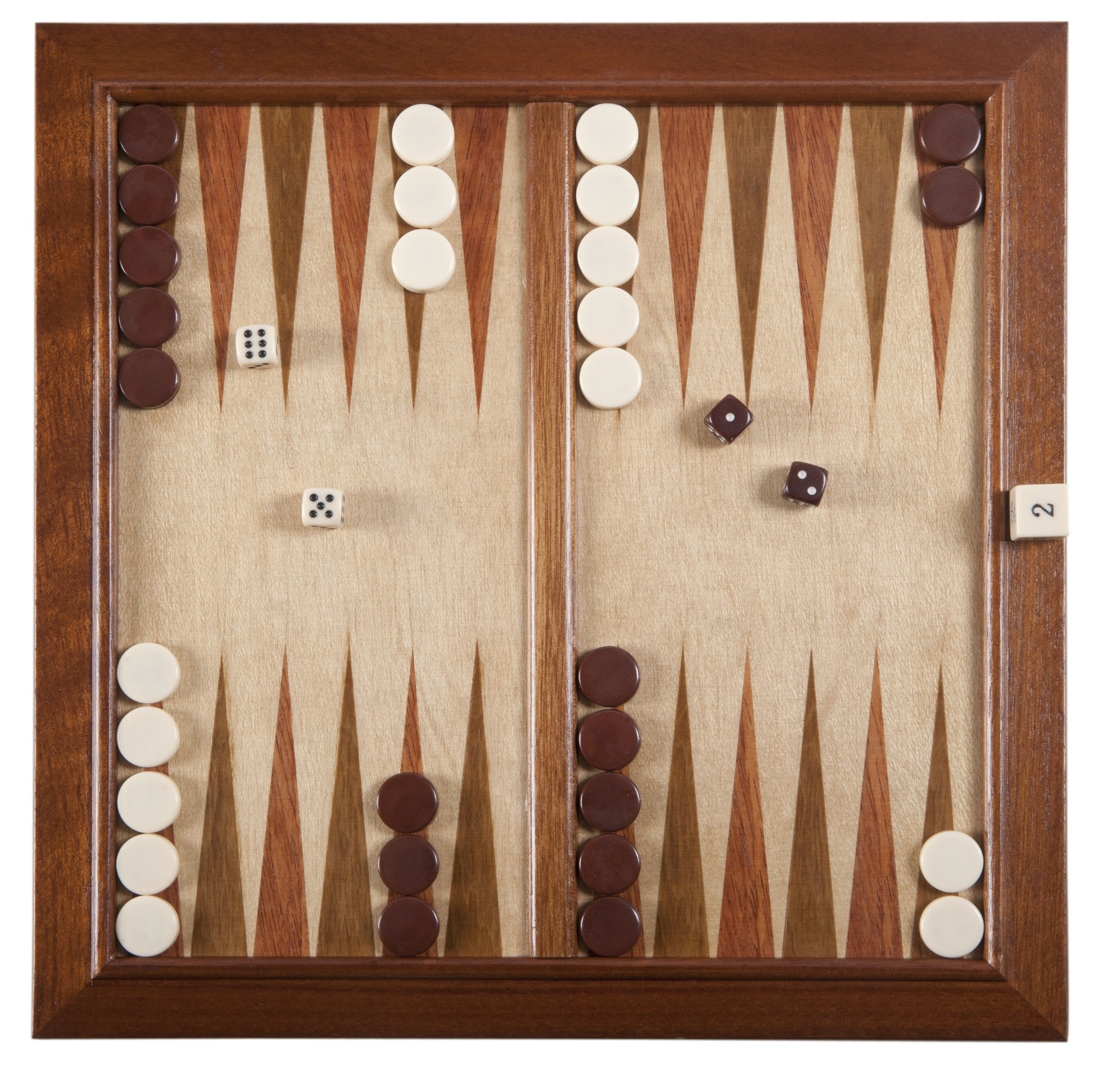Mastering Backgammon: Essential Strategies for Beginners
Understanding the Basics of Backgammon
Backgammon is a classic board game that combines elements of strategy, probability, and luck. For beginners, it might seem overwhelming at first, but once you grasp the basic rules and objectives, it becomes an exciting and engaging pastime. The game is played on a board with 24 narrow triangles, called points, and each player has 15 checkers that move in opposite directions. The goal is to move all your checkers into your home board and then bear them off before your opponent does.
At its core, backgammon is about making strategic decisions based on the roll of two dice. Each roll provides opportunities to advance your checkers, block your opponent, or hit their checkers and send them to the bar. Understanding these basic movements is crucial as they form the foundation of more advanced strategies.

Mastering Opening Moves
The opening moves in backgammon set the tone for the rest of the game. An effective opening strategy can provide a strong advantage. One popular opening move is the "split," where you move one of your back checkers forward while also advancing a checker from your mid-board. This helps in creating future anchor points and positioning your checkers for both offensive and defensive plays.
Another important concept is the "slot" move, where you place a checker on an open point in your home board, setting up for a strong home board presence. While these moves carry some risk, mastering them can significantly enhance your gameplay by building a stronger position early in the game.

Building a Strong Home Board
A strong home board is essential for trapping your opponent's checkers and preventing them from re-entering the game after being hit. Prioritize forming a solid block of consecutive points in your home board to limit your opponent's options. This strategy is especially useful when you have already hit an opponent's checker, as it makes it much harder for them to re-enter from the bar.
Creating a prime, which is a sequence of six consecutive blocks, can effectively trap your opponent's checkers and stall their progress. This strategy requires careful planning and often involves sacrificing immediate gains for long-term control.

Timing and Bearing Off
The endgame in backgammon involves a process called bearing off. This phase requires strategic timing to ensure you bear off your checkers efficiently while minimizing the risk of leaving them vulnerable on open points. It is crucial to maintain focus and not rush this process, as it can determine the outcome of the game.
One key aspect to consider is ensuring you have a balanced distribution of checkers across your home board before bearing off. This minimizes the chances of leaving gaps that could expose your checkers to hits from an opponent still in play. A well-balanced approach combined with strategic timing can lead to consistent victories.
Practicing Patience and Adaptability
While strategy plays a crucial role in backgammon, adaptability and patience are equally important. The unpredictable nature of dice rolls means that even the best-laid plans can be disrupted. Being able to adapt quickly to changing circumstances and adjust your strategy on the fly can give you an edge over less flexible opponents.
Remember, every game offers a learning opportunity. Analyzing past games, understanding mistakes, and refining strategies are essential steps for improvement. Over time, you'll develop a deeper intuition for the game and become more adept at anticipating your opponent's moves.
